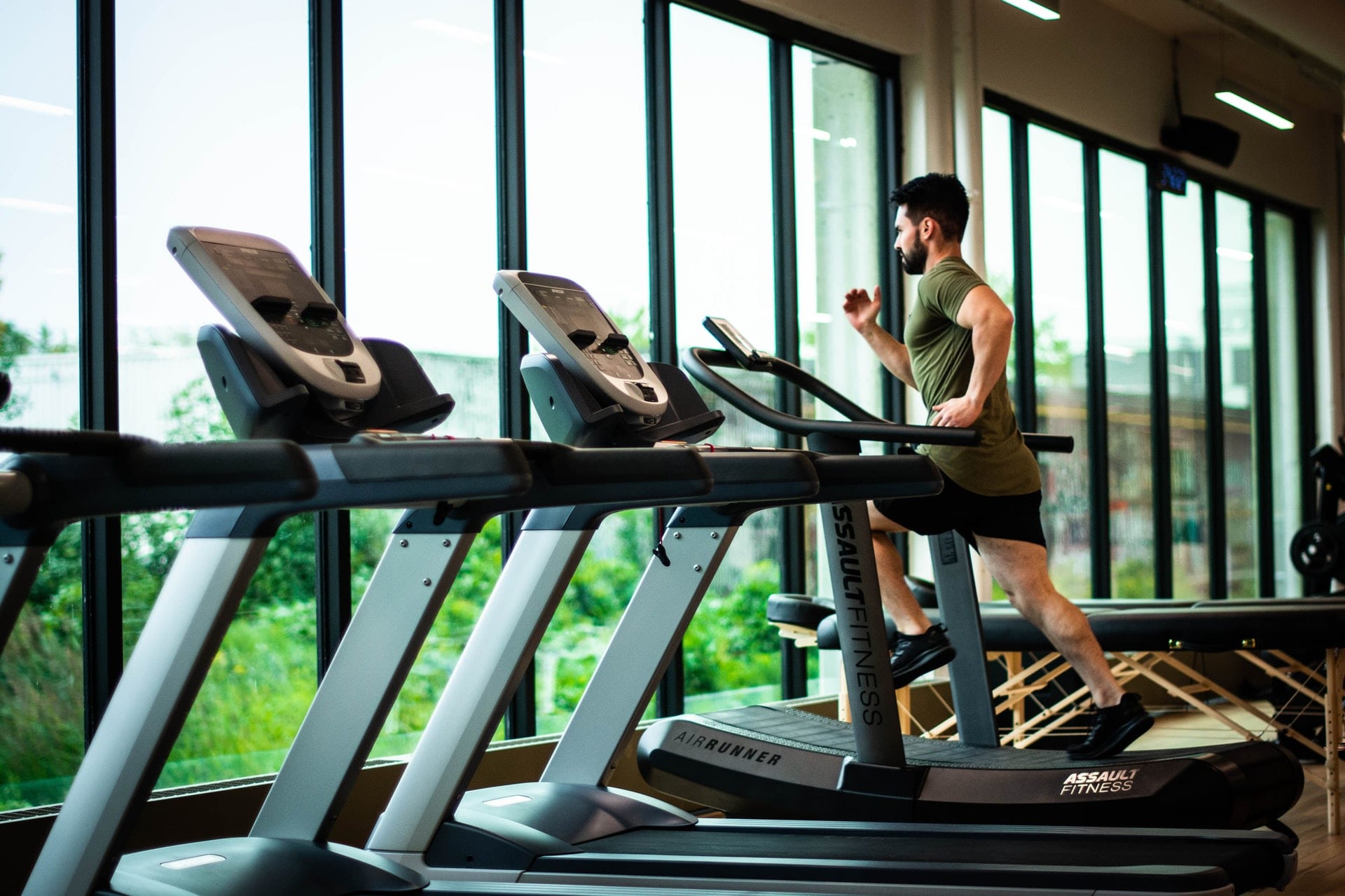
You’re spoiled for choice when it comes to cardio exercise. From yoga to cycling, swimming to burpees, every form of cardio can be useful for getting into shape and improving cardiovascular fitness.
However, the impact cardio has on your body can vary significantly depending on the type of exercise you do. In this context, “impact” can be defined as the amount of force exerted on your bones and joints during physical activity. Understanding the difference between low-impact and high-impact exercise is crucial for managing injuries and achieving specific training goals.
What is high-impact exercise?
As the name suggests, high-impact exercises are movements that put a high level of impact on your joints. High-impact exercises tend to involve a lot of jumping and jolting movements, which often involve both of your feet coming off the ground at the same time. These movements can put a lot of force on your bones and joints when you land.
Some common examples of high impact exercises include:
- Running
- Rugby
- Tennis
- Skiing
- Gymnastics
Benefits
High-impact exercises are great for cardiovascular conditioning. The intensity of high-impact sessions quickly gets your heart rate up, making them a good option for those looking to efficiently burn calories.
Research shows that high-impact exercises such as sprinting are also beneficial for the health of your bones. It might sound somewhat counterintuitive, but applying stress to your bones actually helps improve bone density. Physical activity plays a critical role in slowing the rate of natural bone loss, which begins after the age of 35.
Risks
While there are many benefits to high-impact exercise, it does carry some risks. High-impact movements create a force equal to about 2.5 times your bodyweight, which can put a lot of stress on your joints, ligaments and tendons. This can increase the risk of both acute and overuse injuries. High-impact exercise is not suitable for older people, whose bones and joints are naturally more susceptible to damage, as well as people with existing joint problems or arthritis.
Talk to your physiotherapist to learn more about how you can safely engage in high-impact exercises.
What is low-impact exercise?
At the other end of the spectrum, we have low-impact exercise. These movements apply less force to your joints and are generally more gentle on your body. Low-impact exercises can be adapted to suit all levels of fitness, making them suitable for a wide range of people.
Any movement that is gentle on the joints or can be performed in a fluid motion is considered low impact. Some common examples of low-impact exercises include:
- Swimming
- Cycling
- Yoga
- Elliptical cardio
- Rowing
Benefits
Low-impact exercise is generally safer and carries less risk of injury than high-impact exercise. The gentle nature of low-impact exercise makes it an excellent option for individuals who are new to working out, as well as athletes who are injured or in the recovery process.
In addition, many low-impact exercises focus on developing flexibility, which can be useful for trainees whose goals are centred around balance and stability rather than power. Lastly, low-impact exercises can be used as a form of active recovery that you can engage in on your rest days without over-exerting yourself.
When should you switch to low impact exercise?
If you’ve suffered an injury or have come down with an illness, low-impact exercise is an excellent way to maintain your fitness and get your body moving without putting too much stress on your joints. You could also consider low-impact exercise if you are new to working out or are managing joint issues.
However, it’s important to remember that high-impact exercise shouldn’t be feared. In fact, many trainees find that the best results come from using a combination of low- and high-impact exercises. Low-impact exercises can be used to improve posture, develop your core and strengthen the muscles that support your joints and prepare them for more intense, higher-impact movements. Meanwhile, high-impact movements are excellent for building power, improving cardiovascular conditioning and burning calories more efficiently.
Talk to your physio
If you are suffering from pain or injury, talk to us about which type of exercise is right for you. Schedule an appointment with your physiotherapist today via our handy online booking service.
